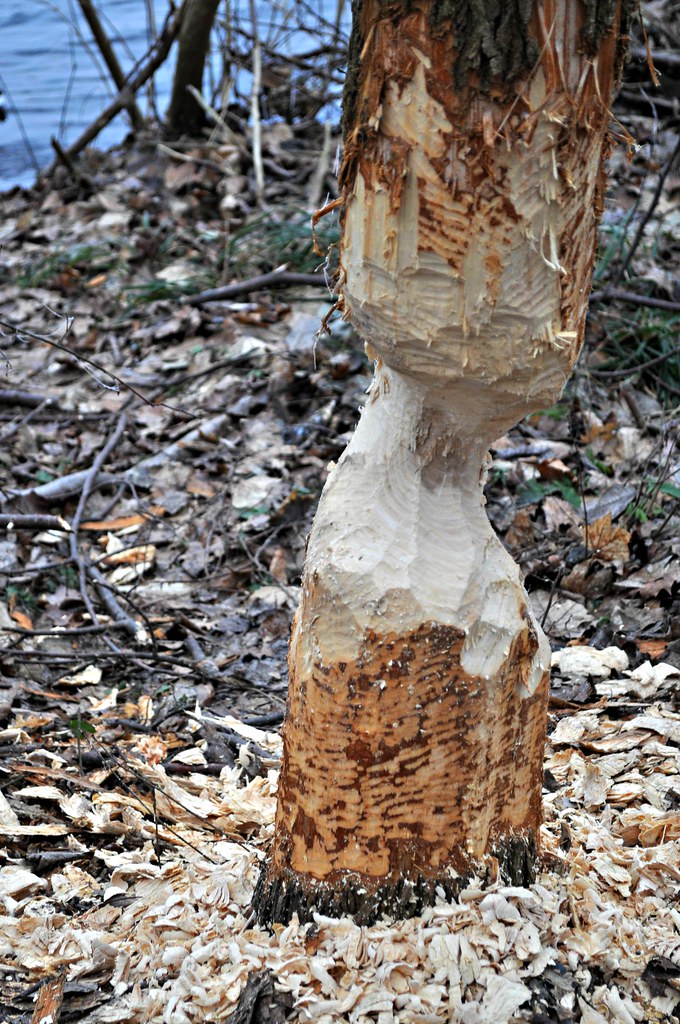Eating Trees May Not Be Only for Beavers

Through wood does not sound very appetizing, it is actually made up of delicious sugars. The trick is breaking up the long cellulose molecules into short sugar molecules. This has already been done for second-generation biofuels, where instead of turning food into energy, agricultural residues (e.g., stalks) are broken into sugar with enzymes and then fermented into ethanol. Also, there are several companies working on turning agricultural residues into edible sugar, including Comet Bio and Rematix. This is much more sustainable than current sugar production, because it utilizes a waste product.
A new peer-reviewed paper, co-authored by ACEP’s David Denkenberger and recent UAF mechanical engineering graduate Jacob Cates, explores rapidly scaling up sugar from fiber. This would be useful in catastrophes such as abrupt climate change or nuclear war. One way to scale up quickly is fast construction of new sugar factories. But pulp and paper factories already have 84% of the components required to produce sugar, so repurposing these factories would be even faster and lower cost. This could fulfill global sugar demand after only five months. This work was supported by the Centre for Effective Altruism and the Alliance to Feed the Earth in Disasters.
Beavering by Rising Damp. Courtesy of Creative Commons.


